Visualizing Reading Strategy To Improve Reading Comprehension in Struggling Readers
This post may contain affiliate links, and I will earn a commission if you purchase through these links. Please read the disclosure policy for more details.
There are so many strategies that we learn to teach reading comprehension but in this post, I share my favorite visualizing reading strategy that helps struggling readers improve their reading comprehension: visualization with structure words.
This visualizing reading strategy is the foundation of the extremely successful reading program Lindamood-Bell Visualizing & Verbalizing. It is the most effective reading intervention I have used to improve reading comprehension in struggling readers.
SCIENCE OF READING QUICK START GUIDE
Grab your FREE guide with the 5 tools you need to get started with SOR!
*Most school spam filters block my emails, so please use a personal email.

Why many children struggle with reading comprehension
Most of us are not explicitly taught the one reading comprehension strategy that is proven to work best.
Educators (this included me in the past) think they are doing enough by teaching students comprehension strategies like activating background knowledge, taking notes, asking questions, etc., but if you’re like me and most of the educators I know, you see that these methods are not enough.
I know many adults who still struggle with reading comprehension but have been able to compensate for it by relying on their other strengths like vocabulary skills, fluency, and good memory. But children with learning disabilities who have deficits in all these areas are not able to do that.

Visualizing as a reading intervention for struggling readers
The missing key is visualization. Teachers have long been telling students to visualize but they don’t teach them HOW to visualize.
I attended a Lindamood-Bell training for their Visualizing and Verbalizing comprehension program. I remember feeling so upset that I had not learned about this before in any of my teacher education programs or from colleagues. I had a degree in special education and had worked in special education for many years. It’s unfortunate that such successful methods of teaching are not being widely used.
If you’re a teacher or a parent you can help your student or child visualize by explicitly showing them, continuously modeling, and having them practice with you until they are able to visualize on their own.
Visualizing makes a great daily reading comprehension activity that can be done in 15 minutes or less and at any level. It’s an easy reading comprehension activity that most students will enjoy too.
Watch the video below to see how you can help your student or child. I will provide some ideas for you to implement this strategy below the video.
This will work for young children even before they begin reading as well as older students. I do want to stress that if you’re a parent or teacher of young children, using this strategy early on can prevent lots of reading comprehension difficulties.
How to Teach Visualizing for Reading Comprehension
To help visualize I use structure word cards. These are cards with prompts that guide visualization using specific descriptors. You can download these from my freebies library by signing up for my email list.
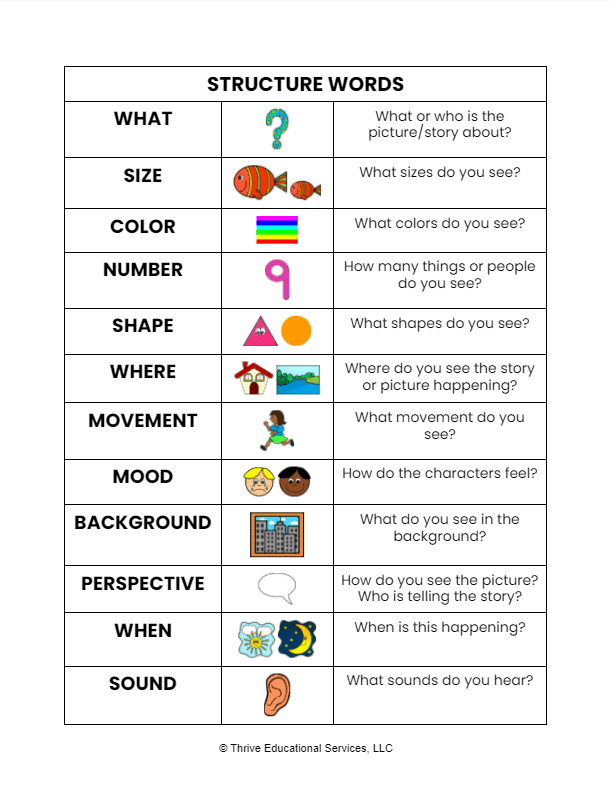
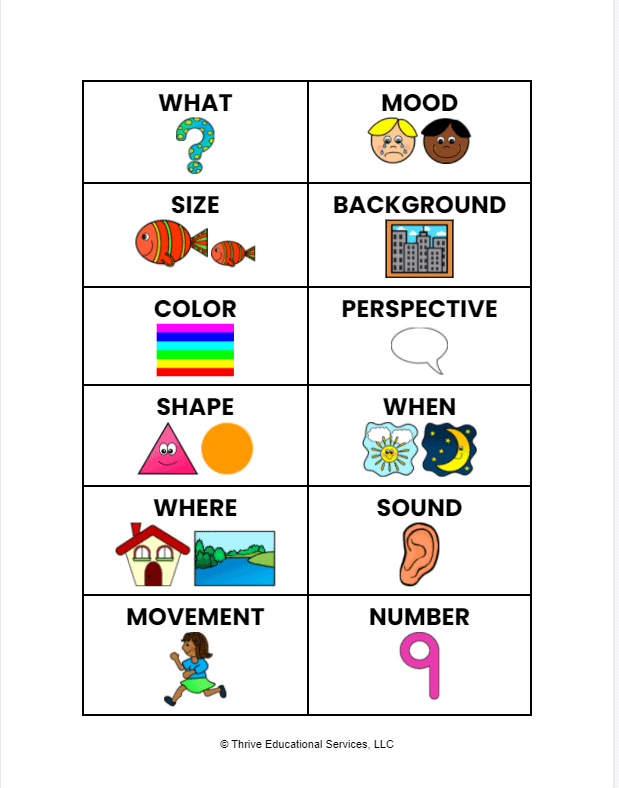
Visualize a scene
This is a good starting point. You can show a picture for a few seconds and take it away then ask students to recall what they saw. Be sure to probe for details like colors, size, mood, and background.
It also helps to ask what the main thing is in the image, or what the image is about. This is really helpful for summarizing, as it helps them focus on the main idea instead of the details.
You will quickly notice how many kids will point out a small detail as the main thing that stood out to them. It’s a very eye-opening activity even for us teachers.
Visualize a sentence
Read a sentence out loud and have students visualize as much as they can.
Ask probing questions to form a full picture. The goal is for them to have a scene in their mind just as if it was a movie.
It might help to have them draw what they see, and then they can verbalize what they drew.
Using the structure word cards is really helpful for visualizing sentences and paragraphs.
Visualize a paragraph
Read a paragraph out loud and follow the same steps as above.
From here you can go on to visualize bigger chunks of text.
Tips for teaching visualization techniques for comprehension
This is a strategy that requires lots of practice so it’s best to make it into a daily reading comprehension activity. Like I said before, it’s a great easy reading comprehension strategy to implement and you can sneak it in as a warm-up, transition activity, or even during a content area lesson.
It’s also a great strategy to implement at a young age. You can use this as a strategy to teach reading comprehension from kindergarten all the way through high school and even to adults. Even better, it works in all subjects and can be used in content areas. I will sometimes do a quick run through the structure word cards when reading about something that can be pictured in history or science.
This book is also a great option full of ready-made visualization activities that only require 6 minutes.
If you liked this post, download my Structure Words Pack from my freebies library to help get your learner visualizing the right way! Grab the free download below after signing up for my email list.
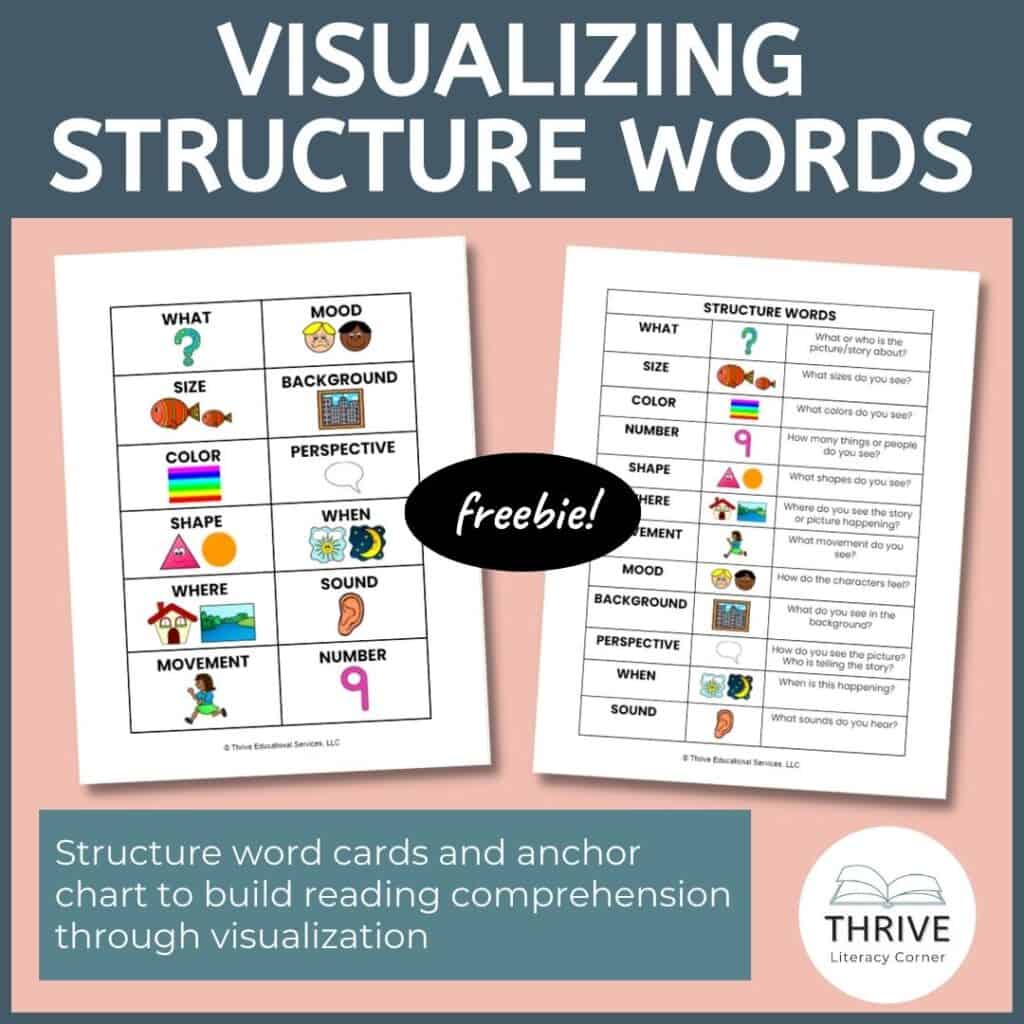
Join my list and get access to my vault of freebies, plus weekly emails with tips, new posts, and promotions!
*Most school spam filters block my emails, so please use a personal email.

Check out some other products in my shop!
If you’re looking for more tips on teaching reading to struggling learners, check out these other posts:
- Reading Strategies for Struggling Readers – Elkonin Boxes
- Multisensory Strategies for B & D Reversals
- Systematic Synthetic Phonics for Struggling Readers
- How to Implement Multisensory Learning
- Phonemic Awareness Strategies & Activities for Struggling Readers
Want to remember this? Save Visualizing Reading Strategy To Improve Reading Comprehension in Struggling Readers to your favorite Pinterest board!
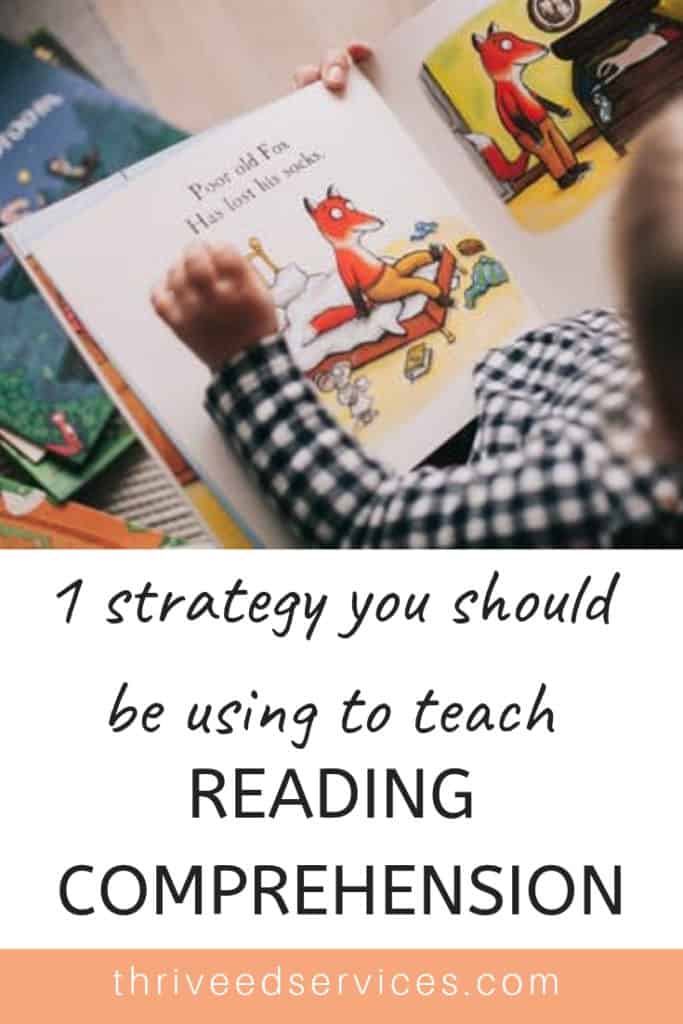

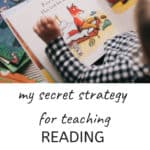
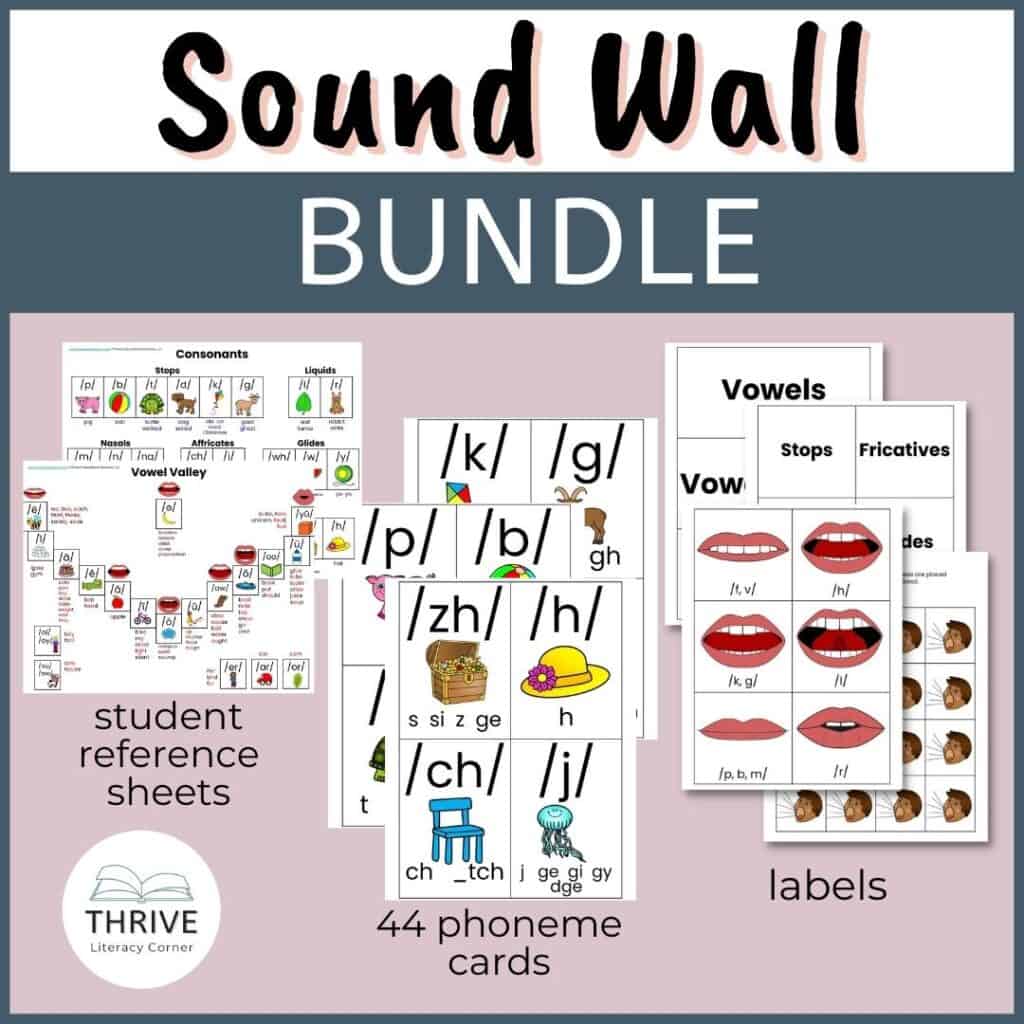
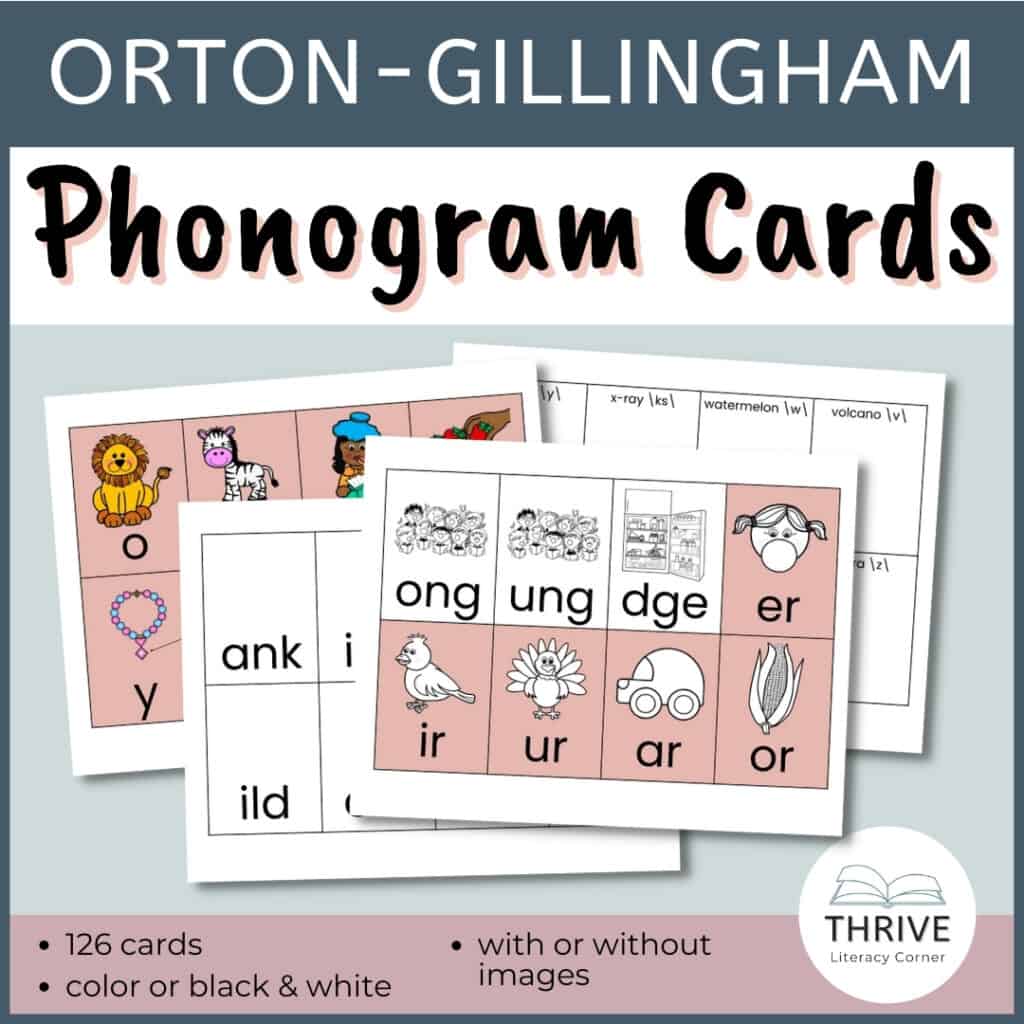
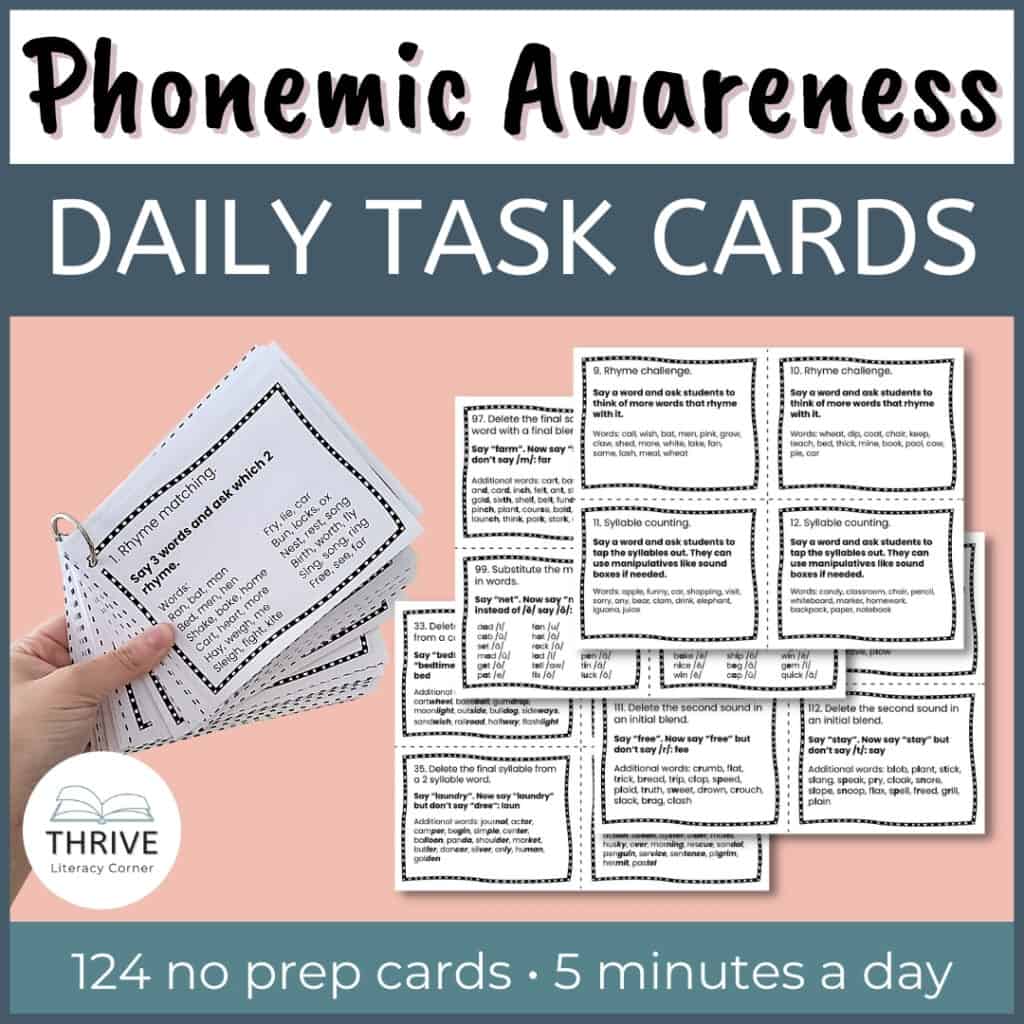
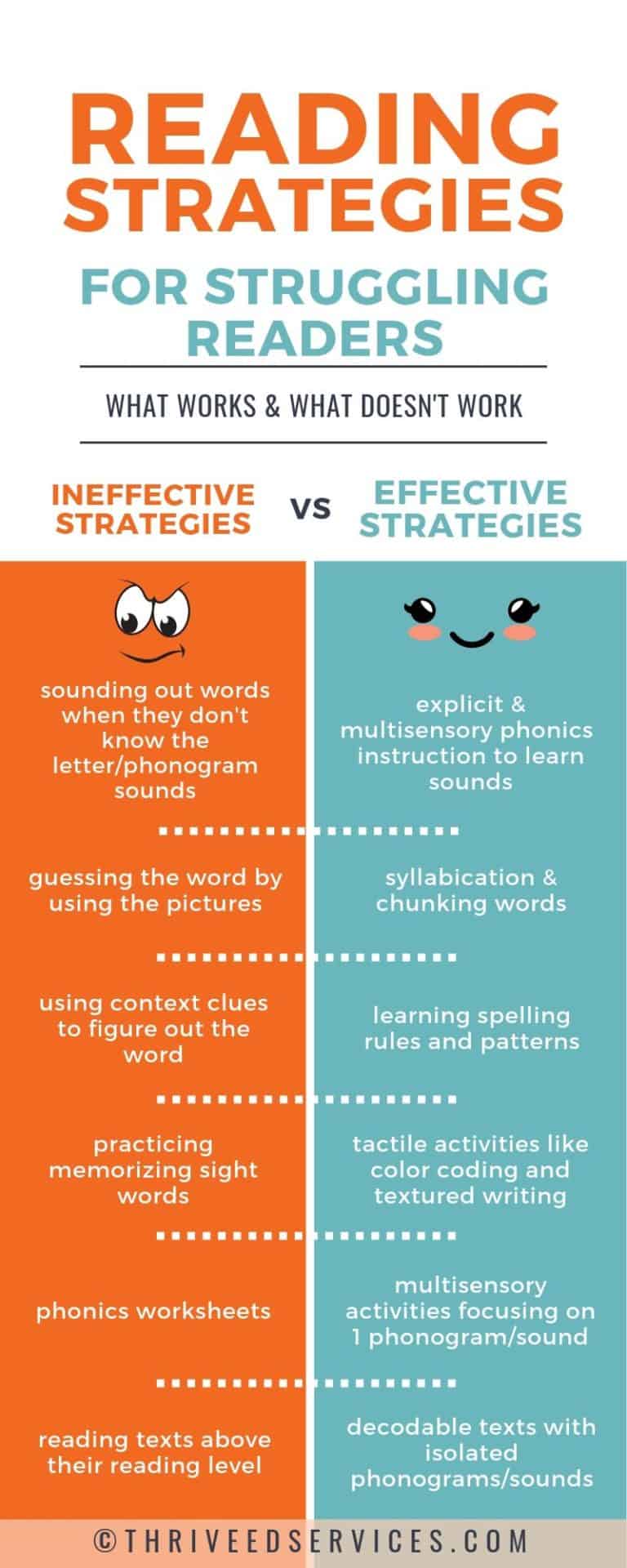


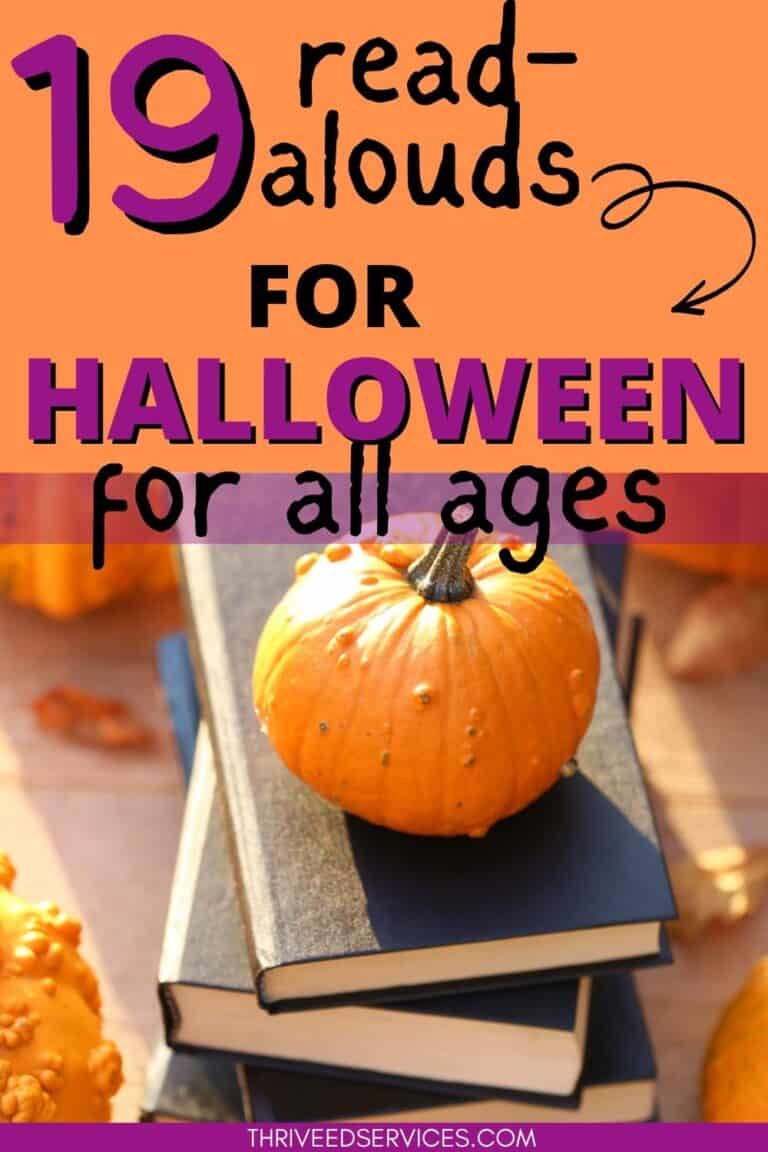
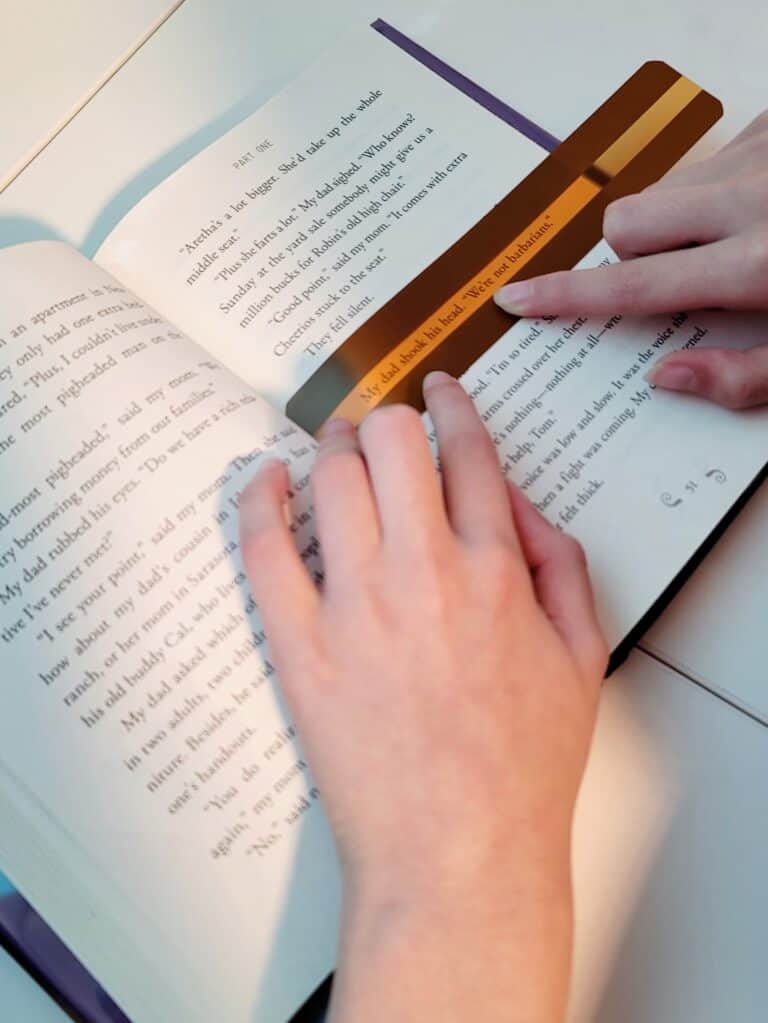
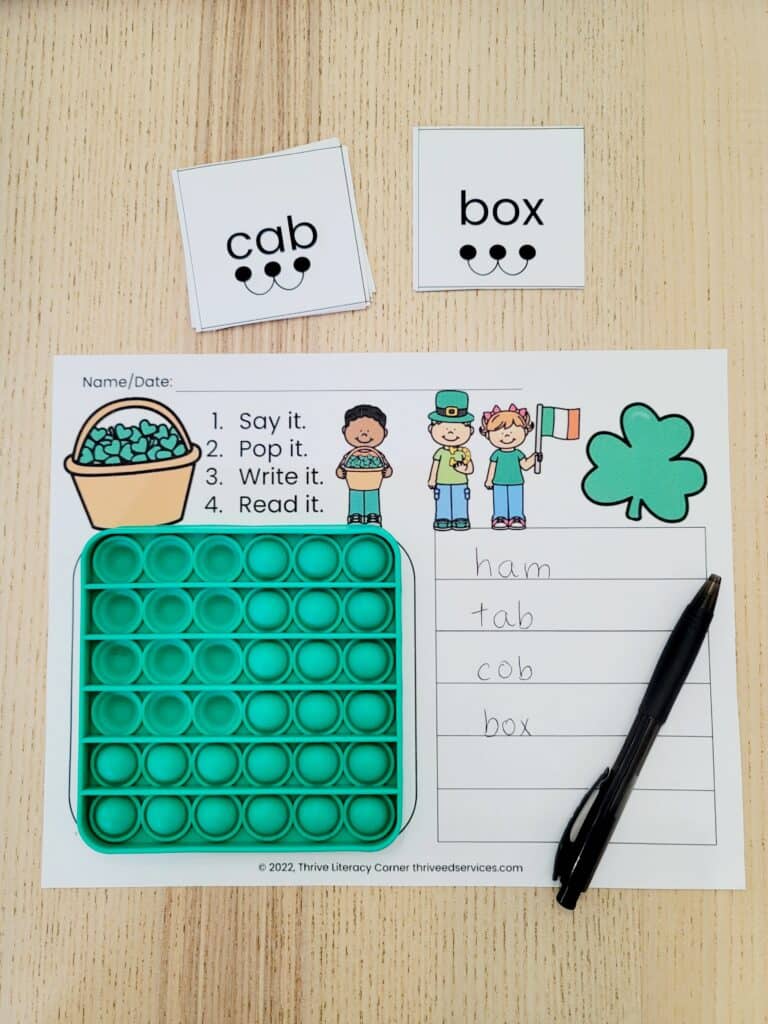
Thank you so much for this! I am exactly the kind of struggling reader you are describing, but I’m now an adult. I did not know, until I was well into my 20s, that people made pictures in their heads as they read. I was always so focused on reading the words right, keeping my place, and trying to remember the words that I struggled with comprehension and memory because I lacked this visualization skill. Now my children struggle as well, and while I knew they needed to visualize, I didn’t know how to help teach them how to do it. This is exactly what I need! Thank you so much!!
I am so glad you found this helpful! Thank you for the feedback 🙂
Simple but profound. Thank you!